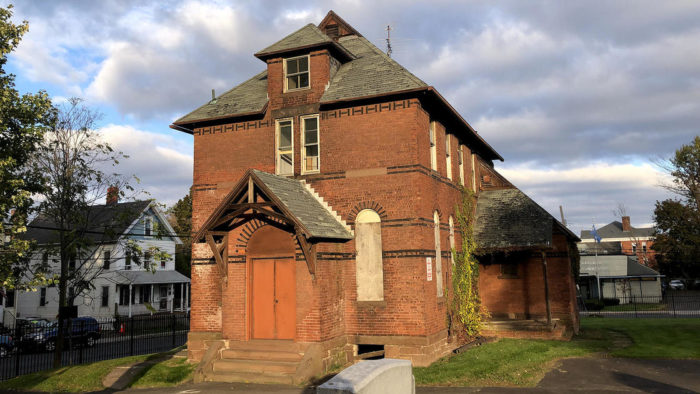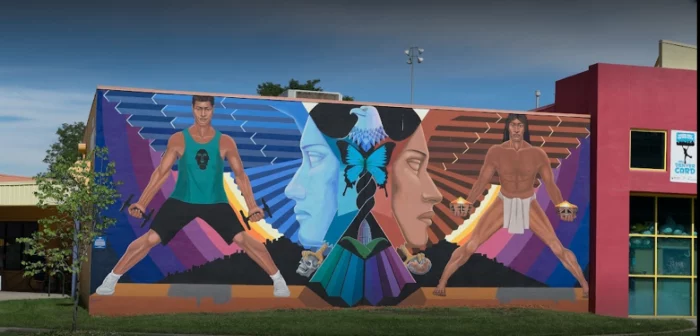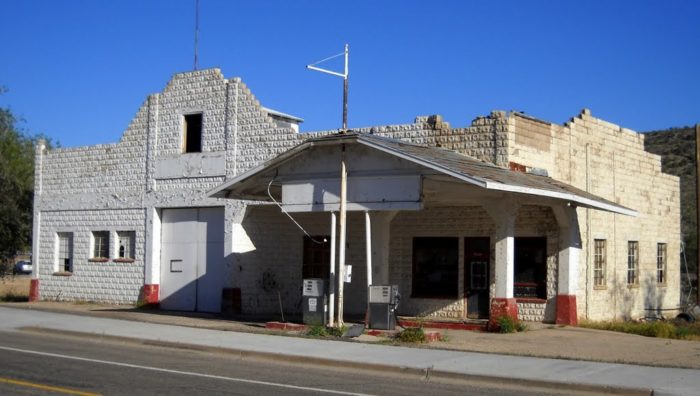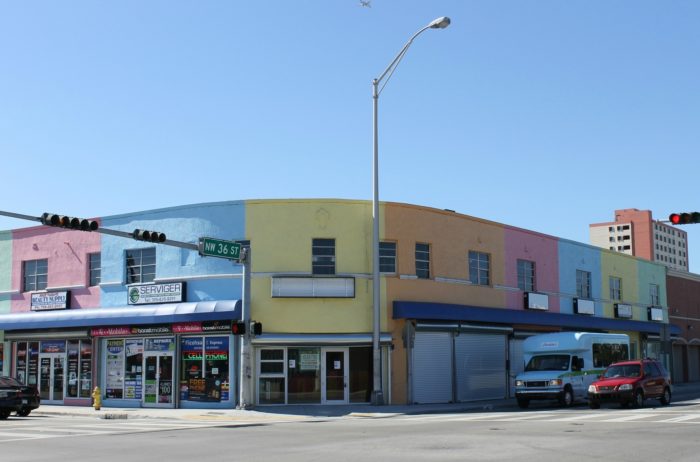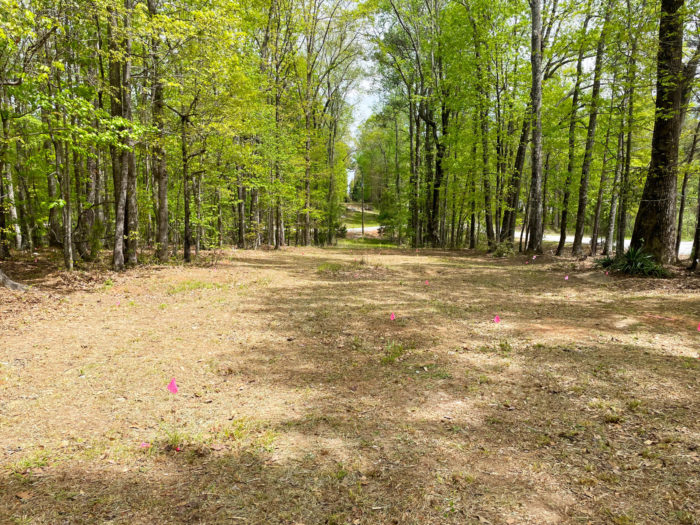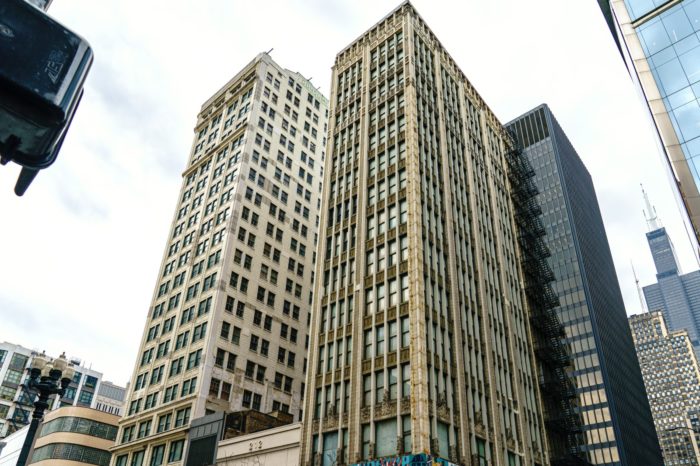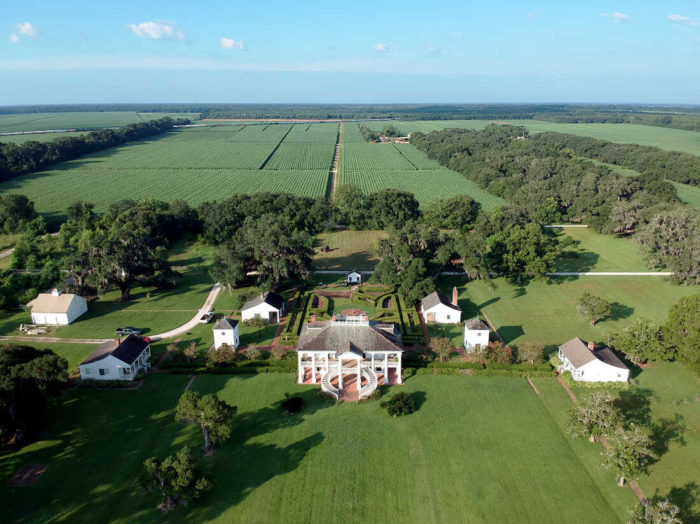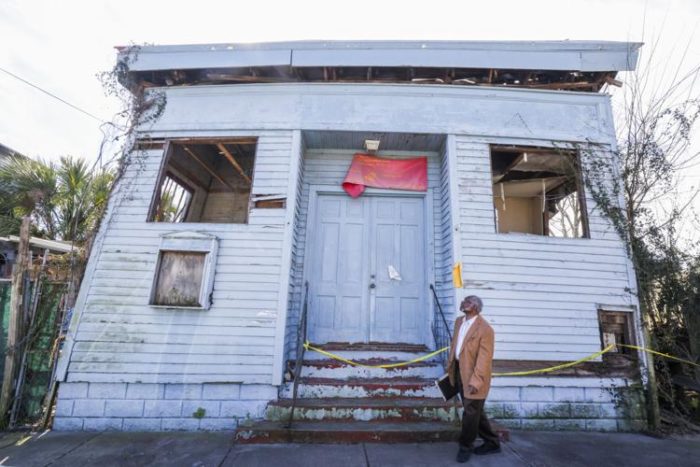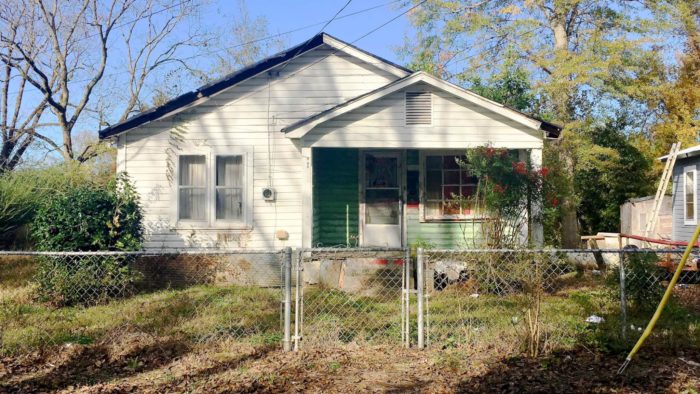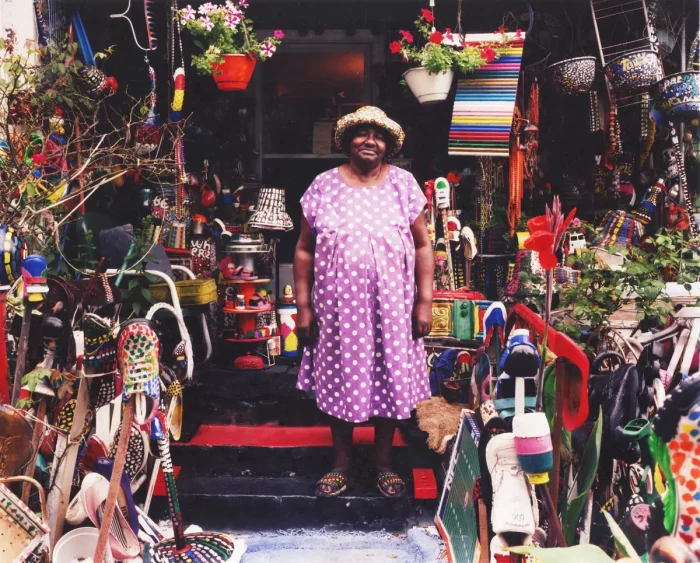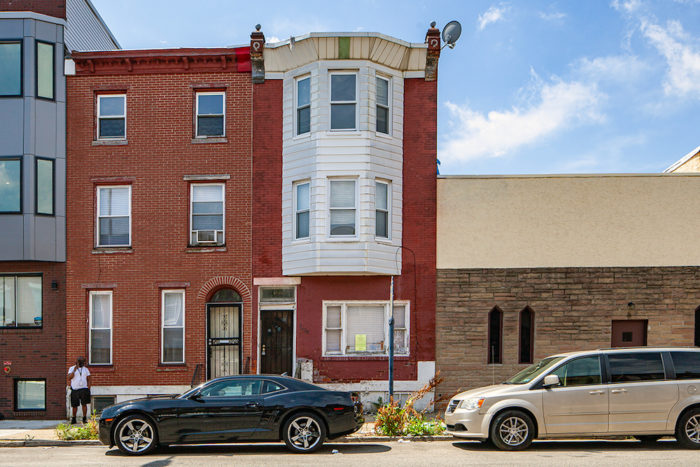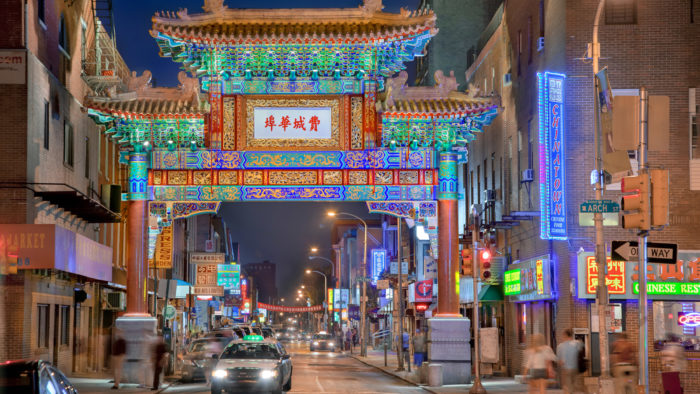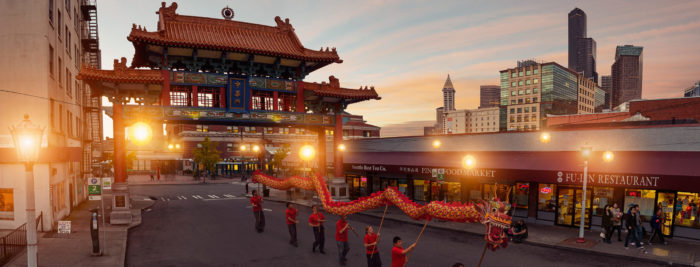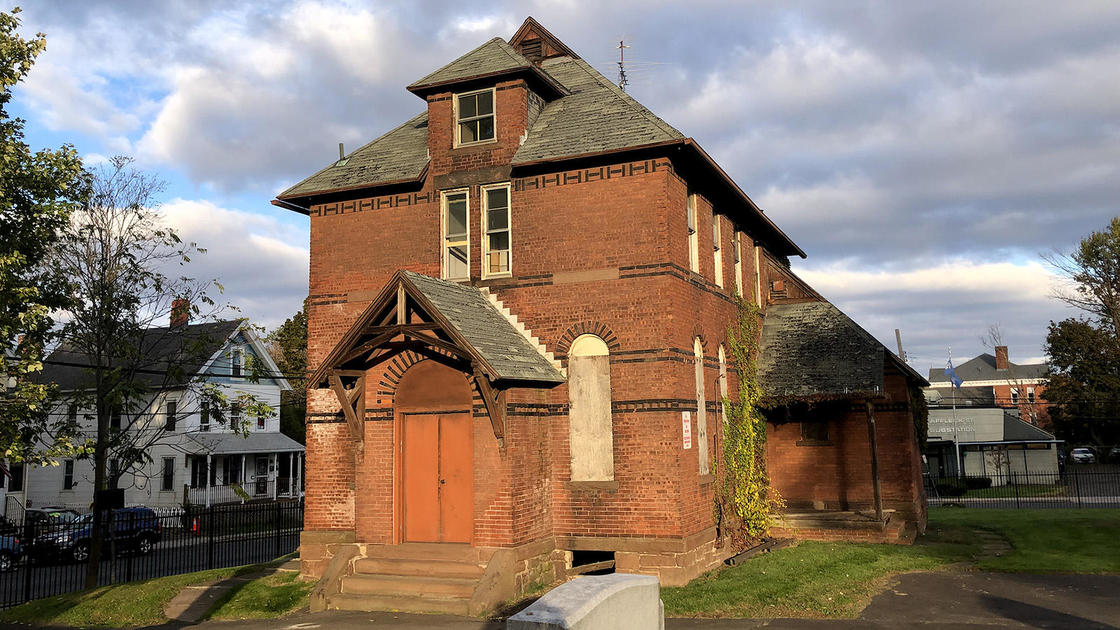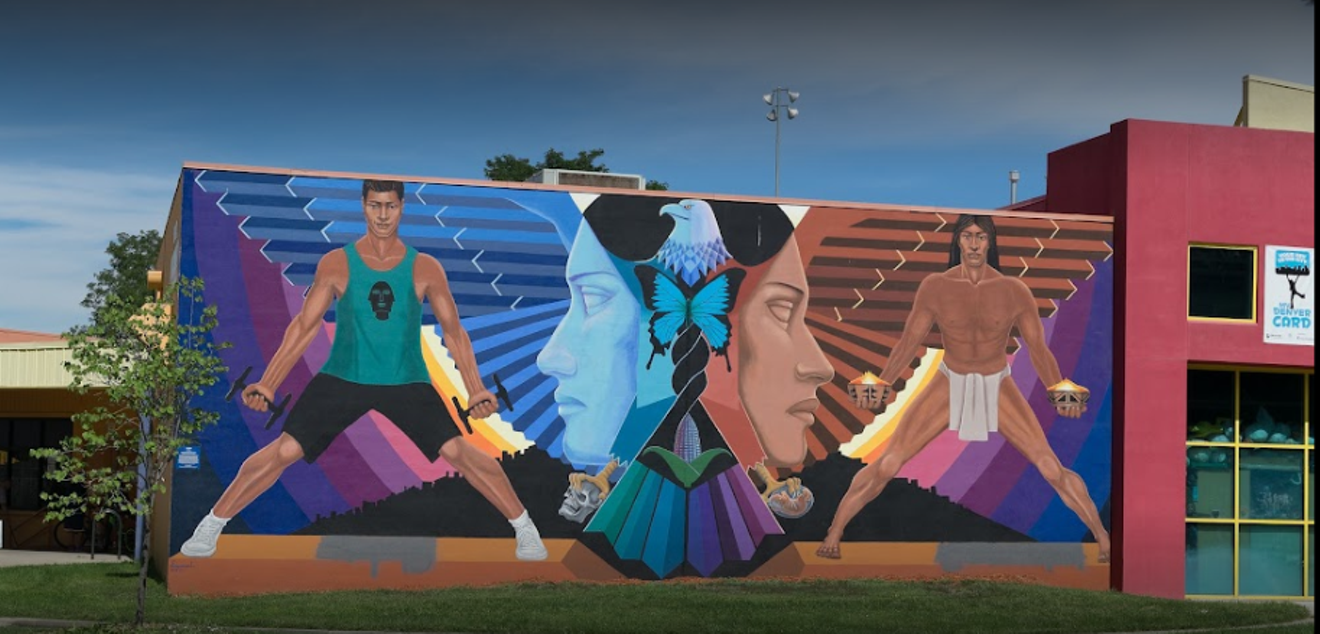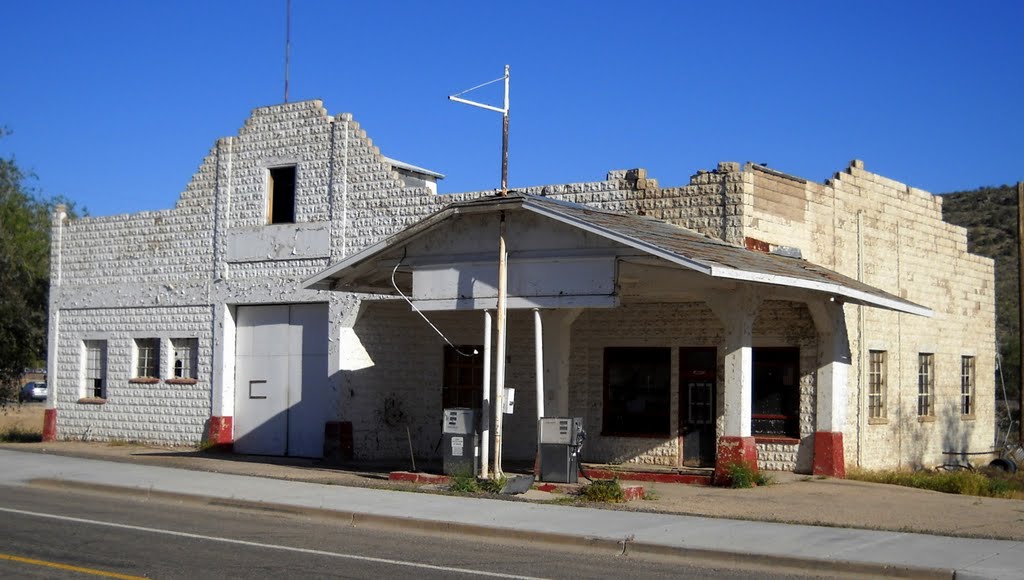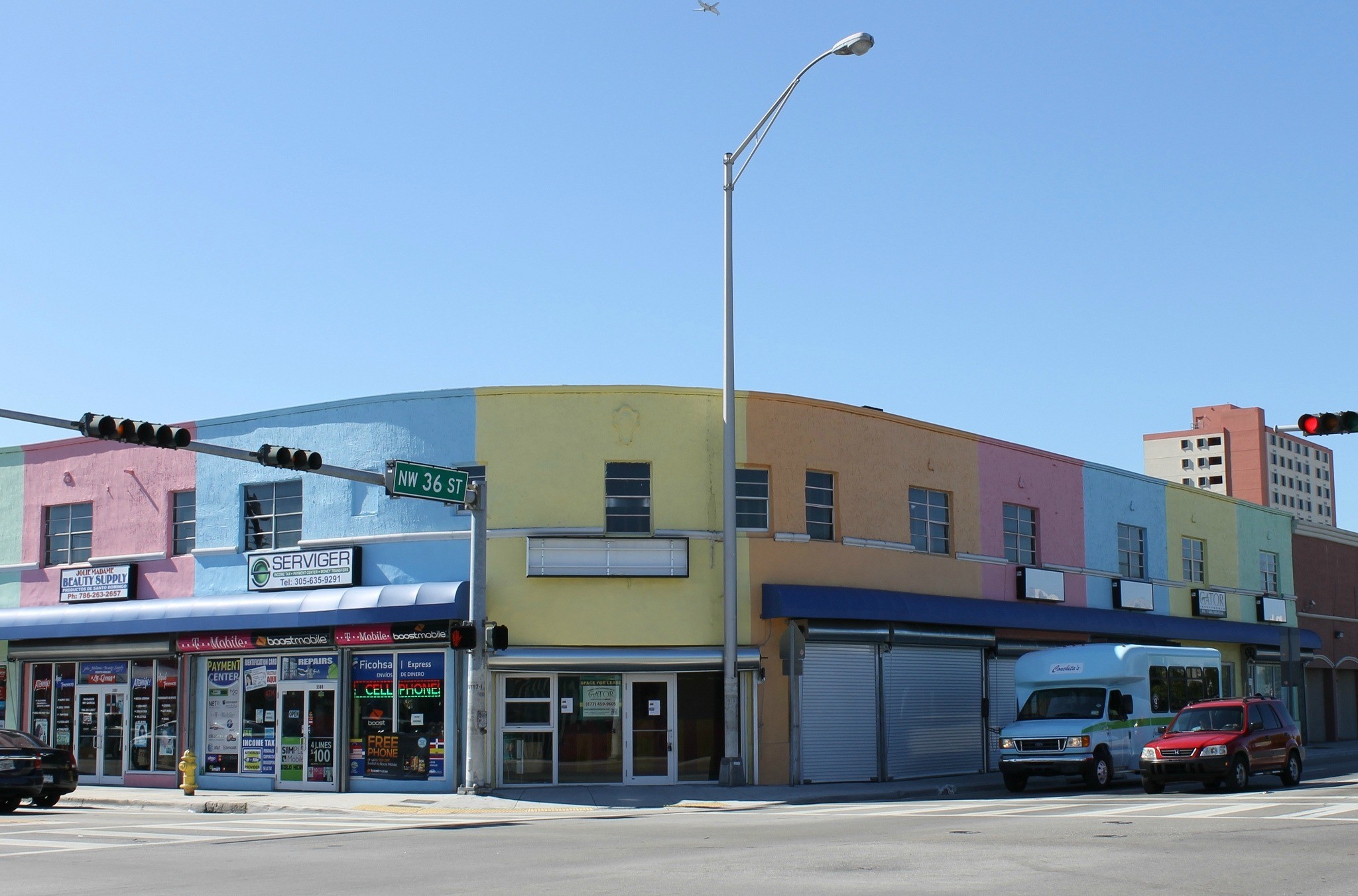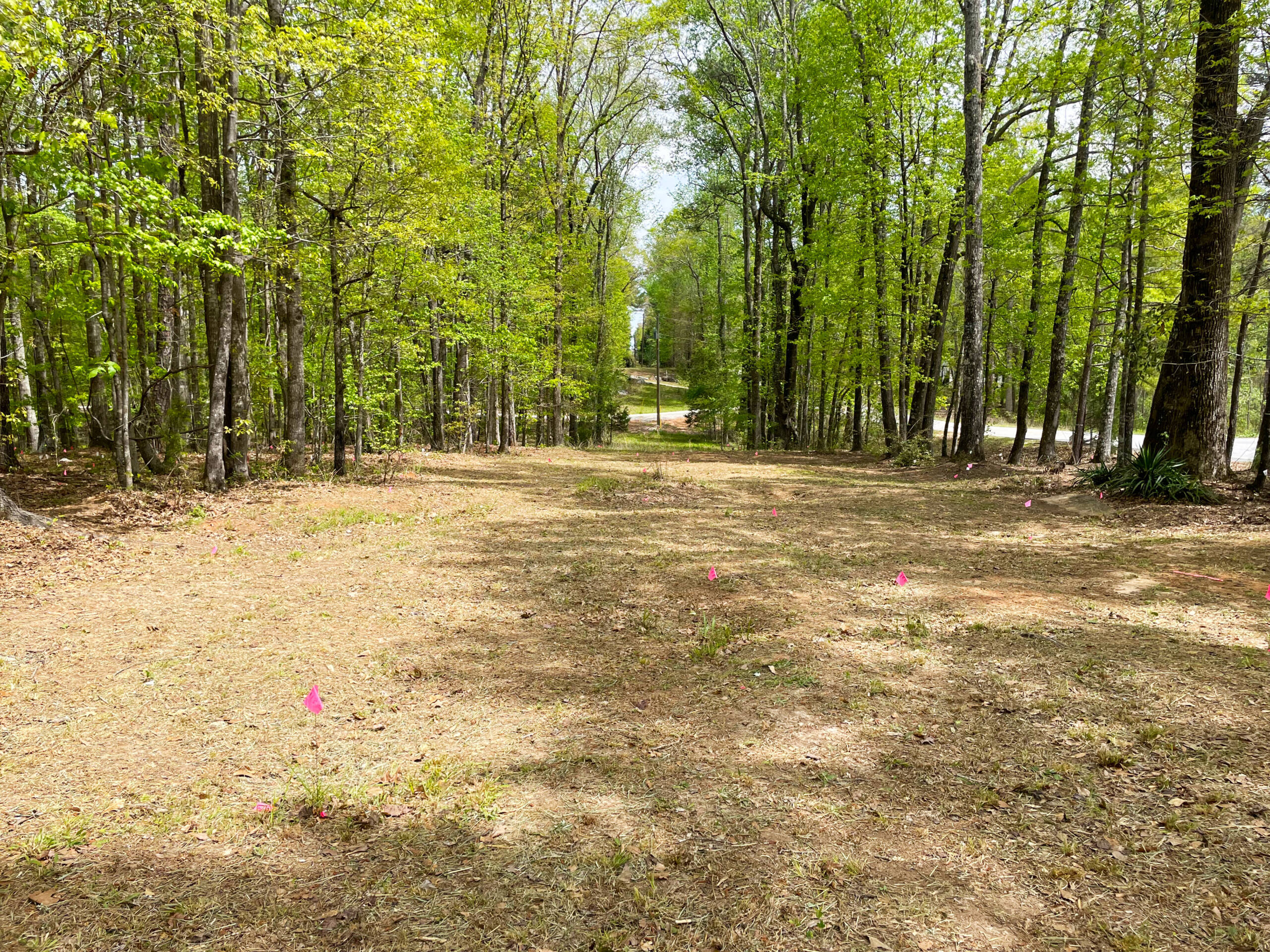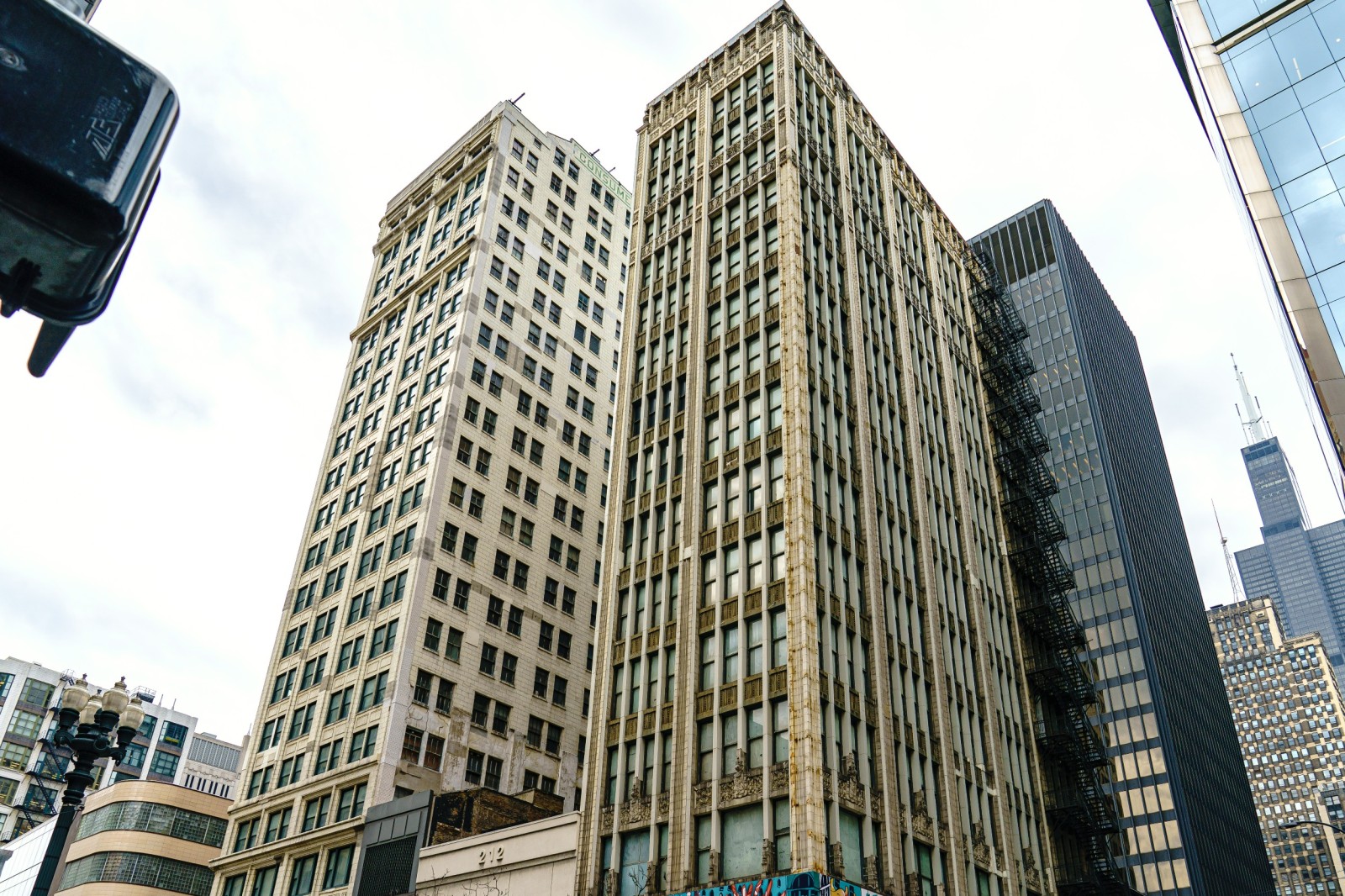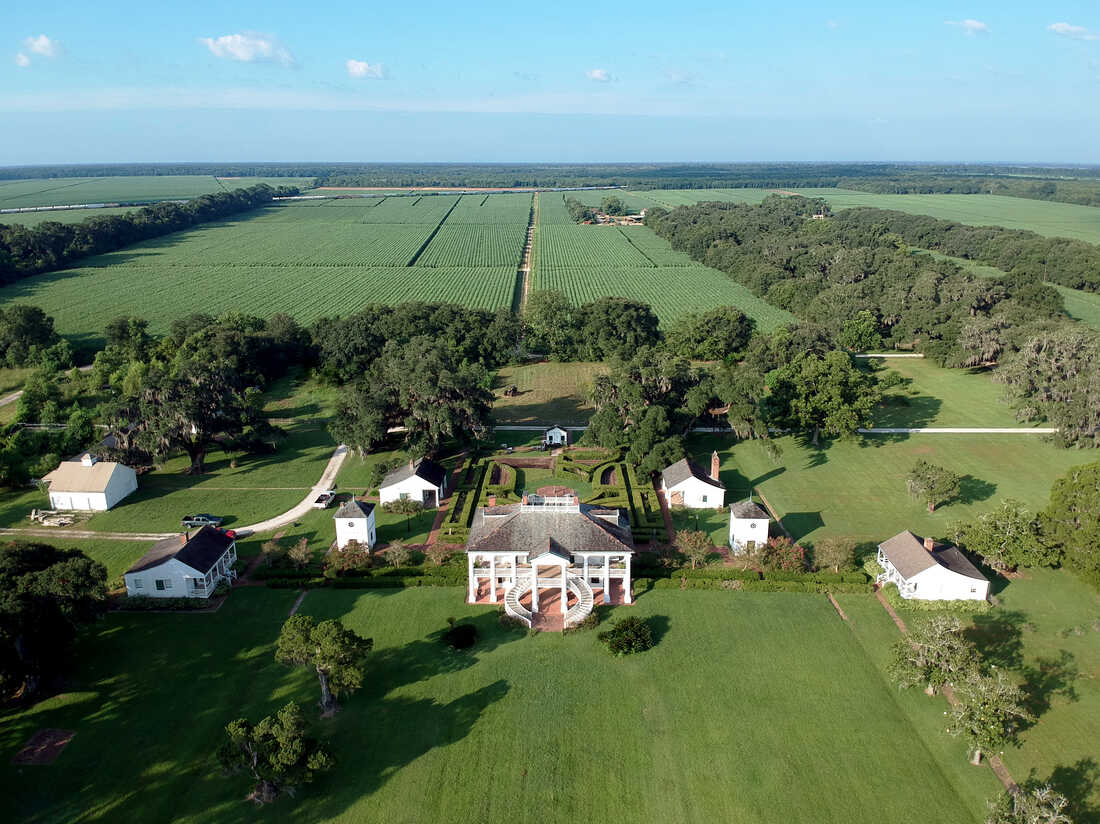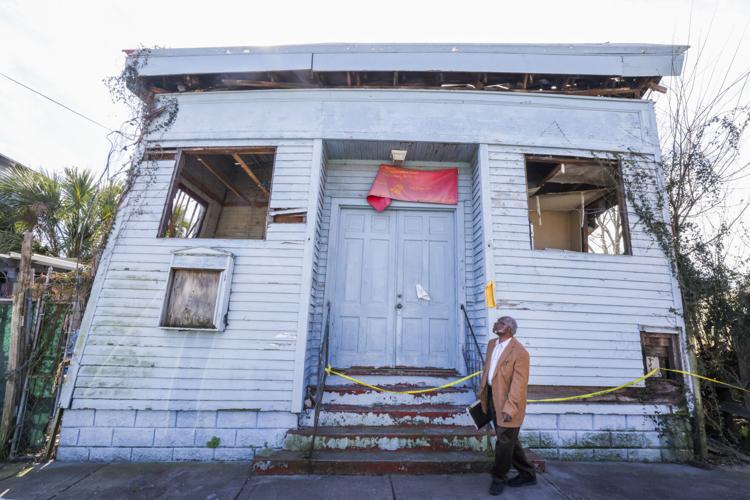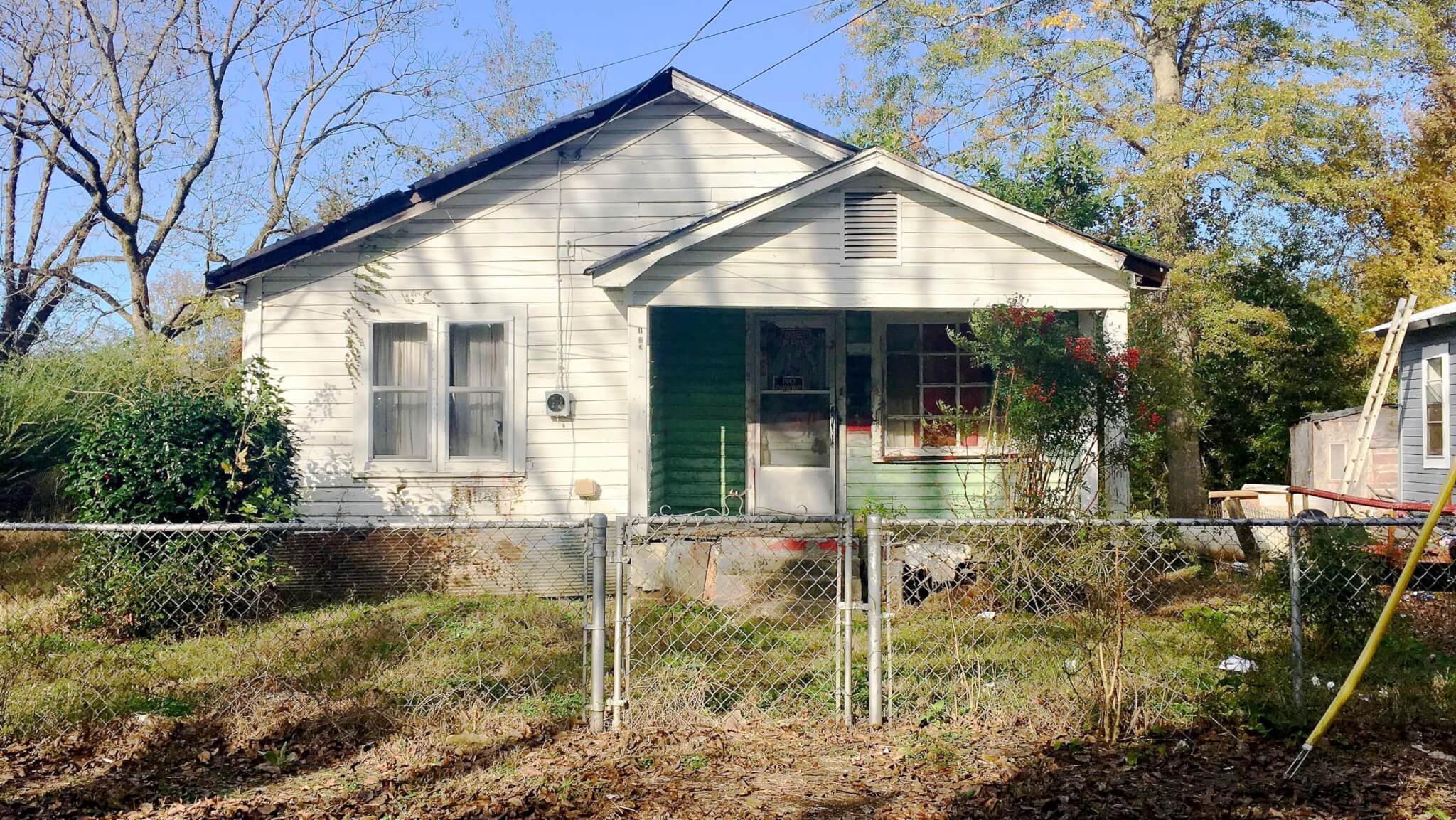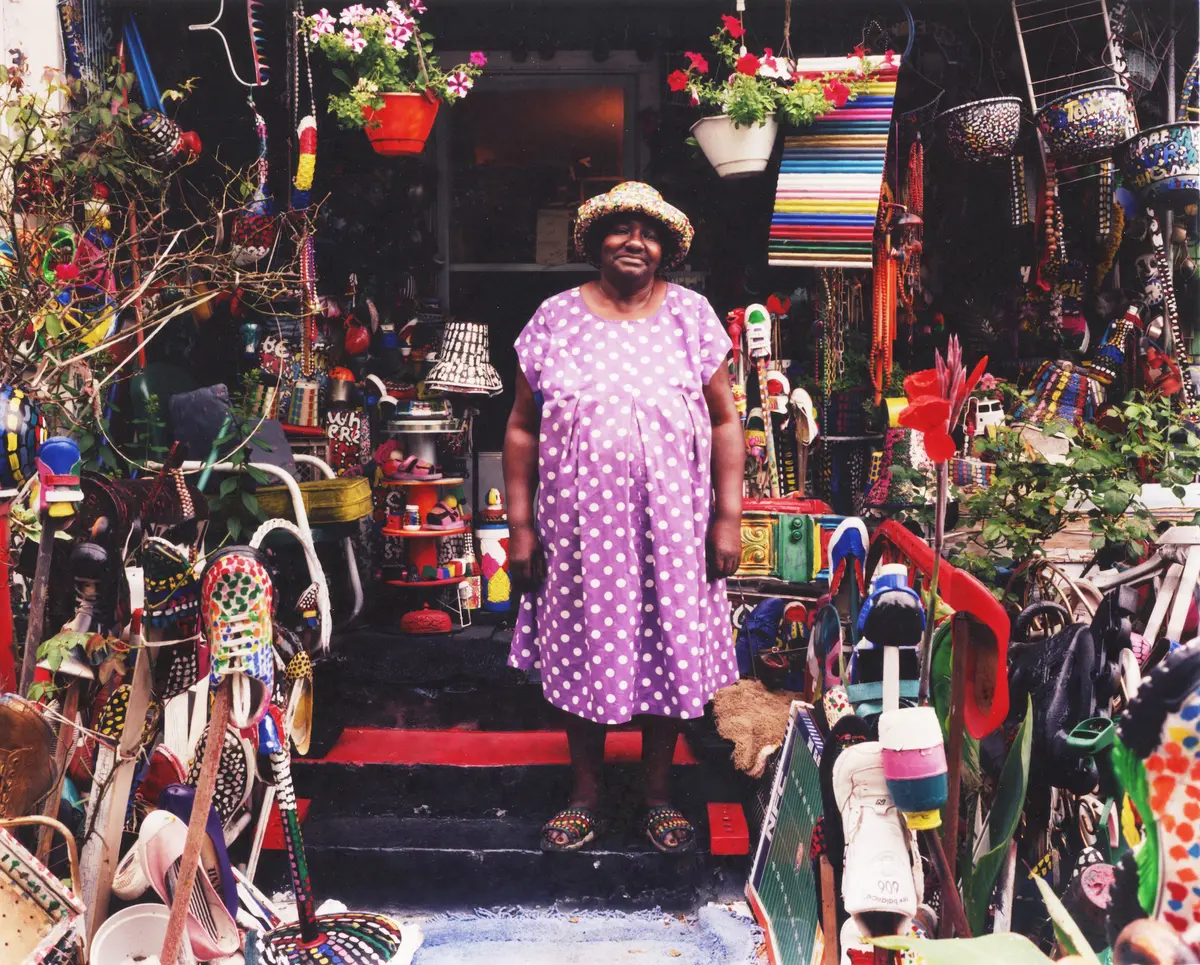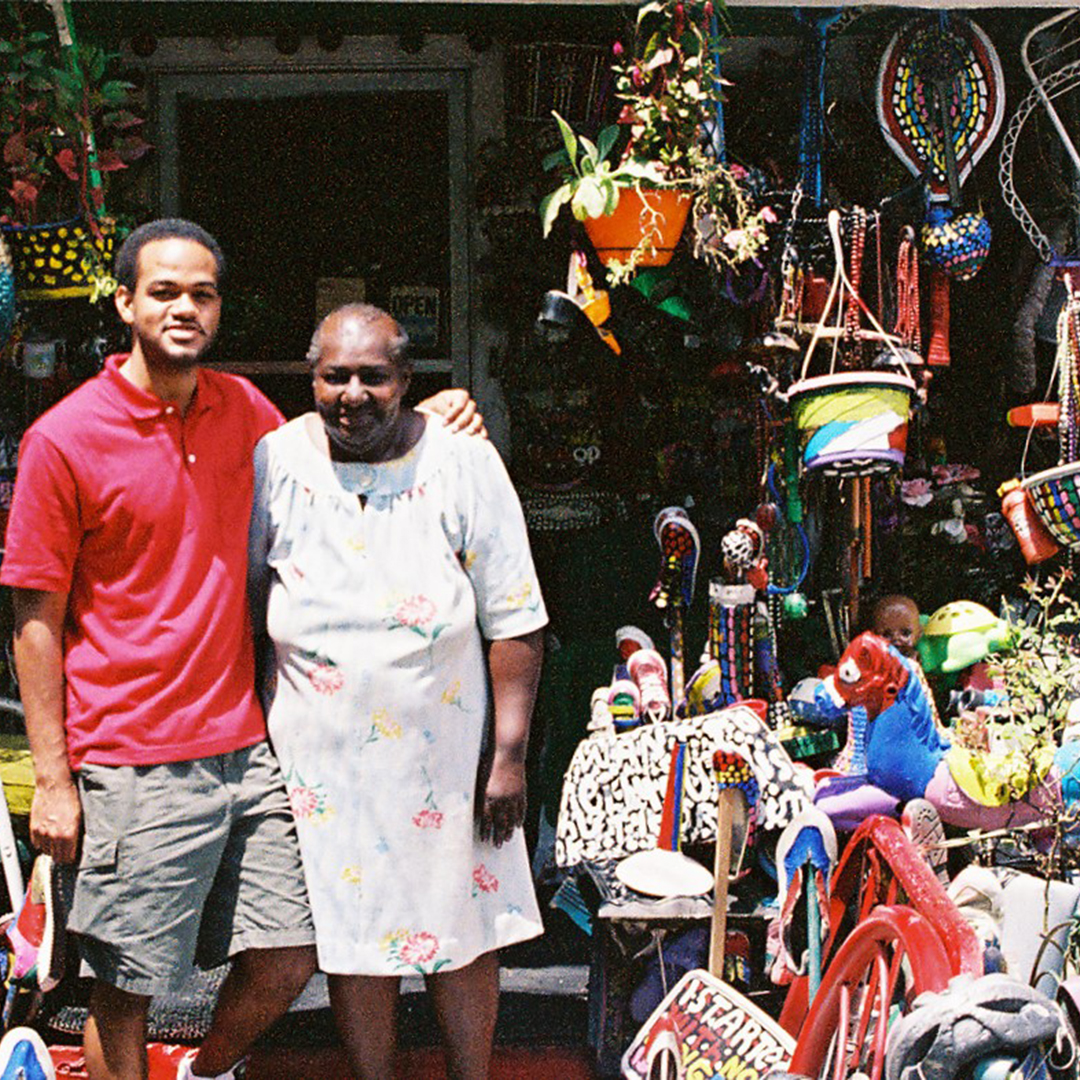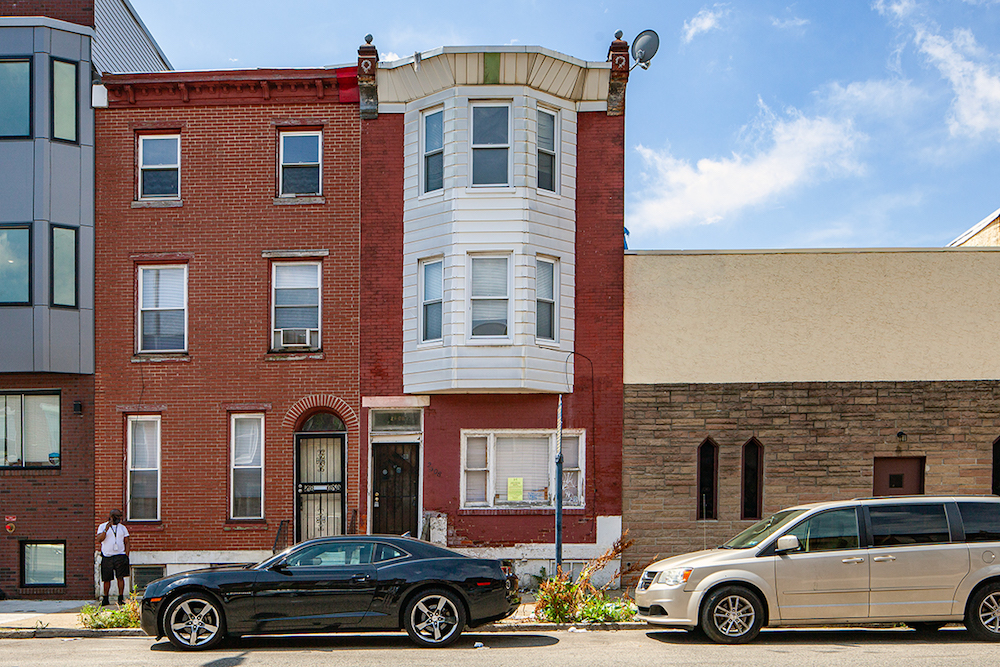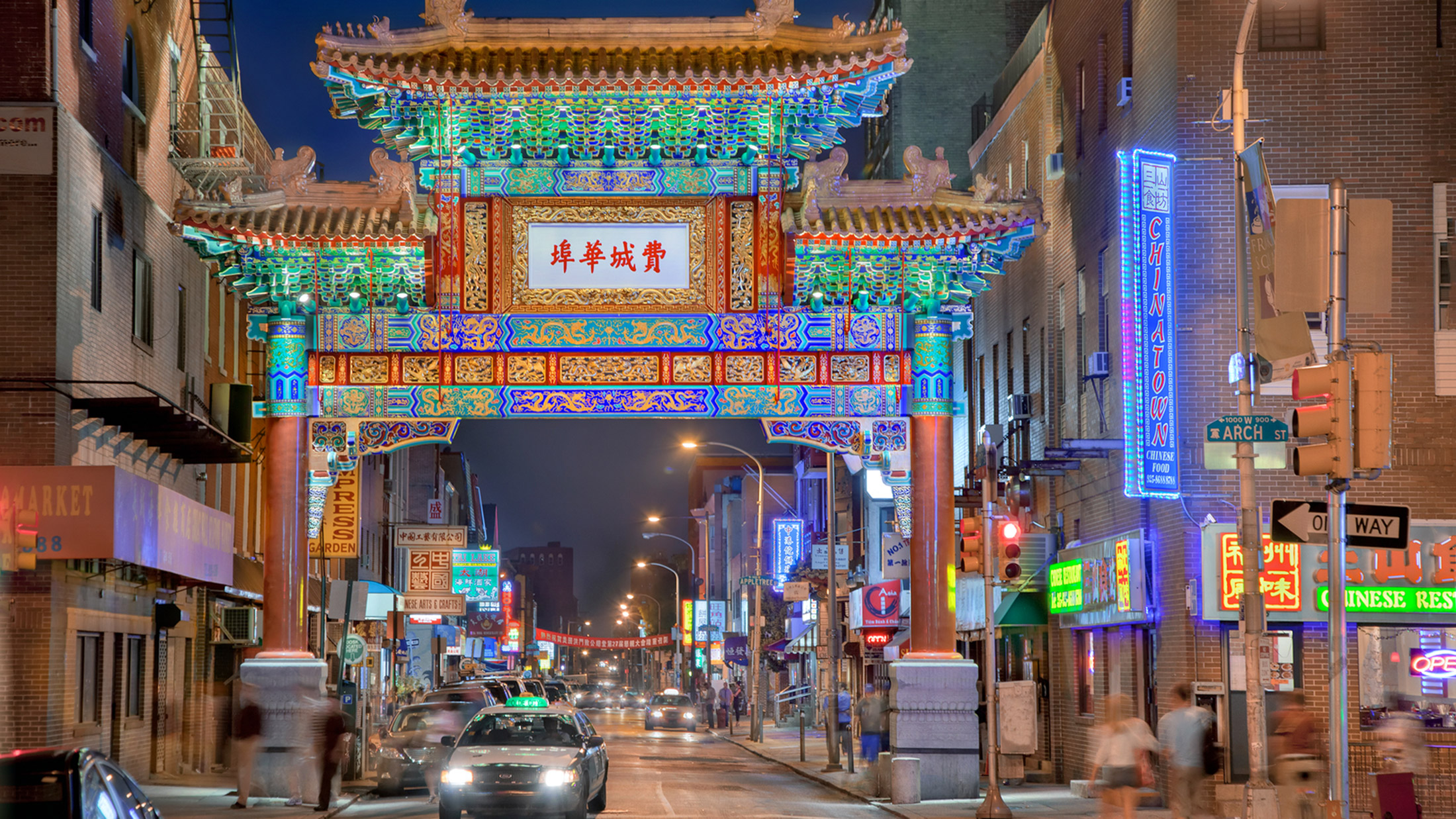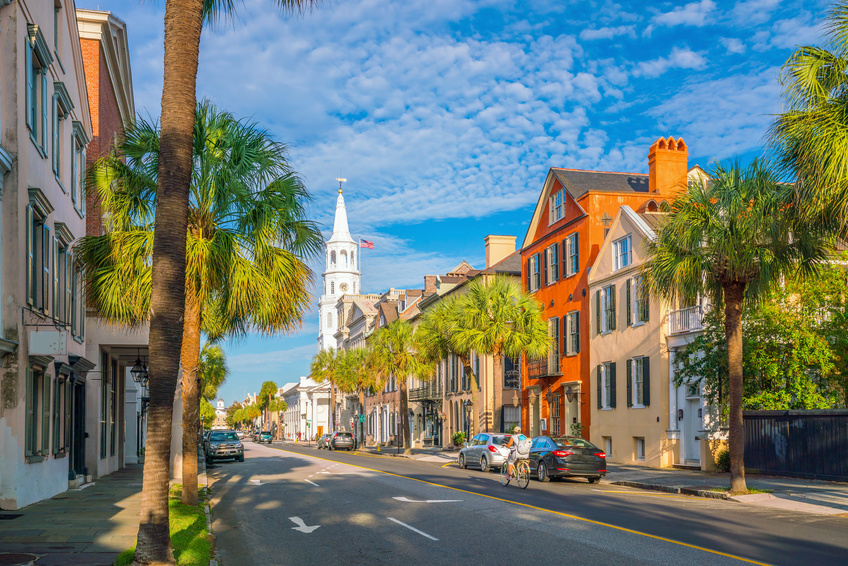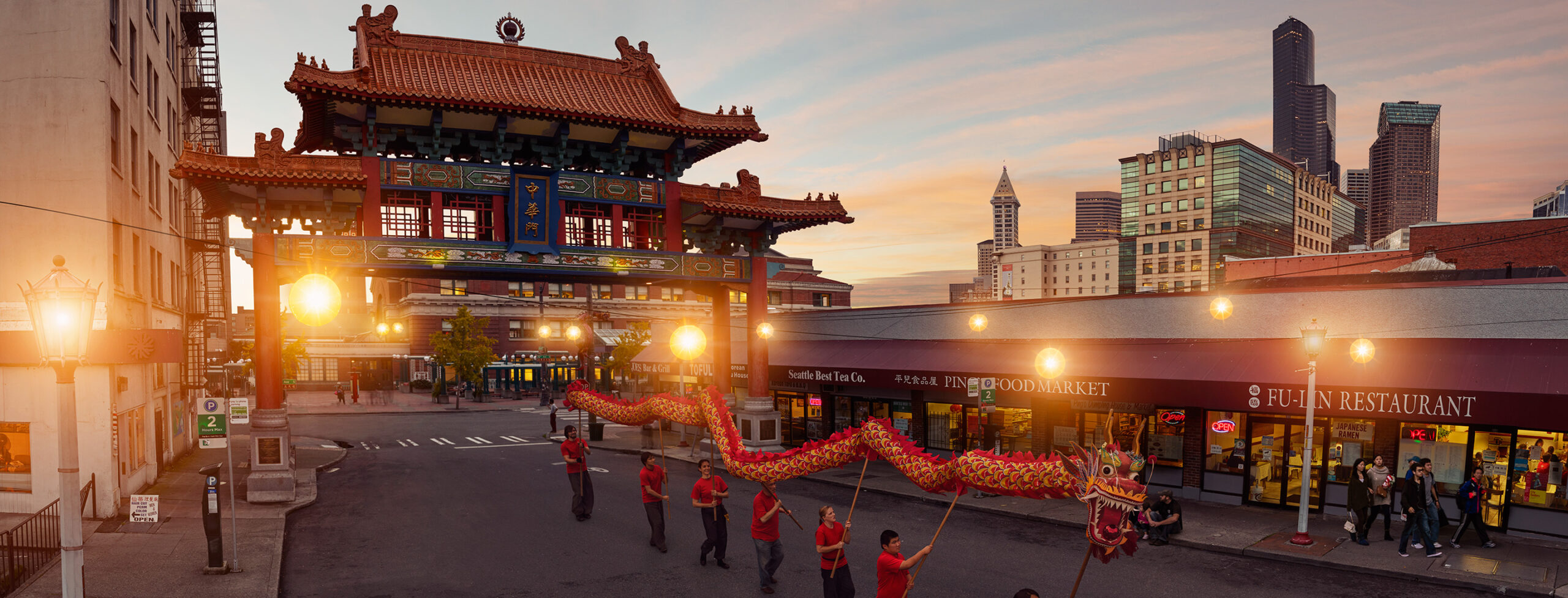For 36 years, the National Trust has published its yearly list of America’s 11 Most Endangered Historic Places, with around 350 sites being recognized and just a few perished. This year’s list represents the National Trust’s ongoing dedication to conserving historical locations that express the whole American story, and its variety mirrors the richness of the American perspective.
The layered histories of these sites also help to highlight the complexity and difficulties that remain a part of what defines one to be an American but which have seldom been given the due recognition they merit. The following three historical sites are just a tiny sample of the National Trust’s 2022 list of threatened historical locations that were successfully preserved.
A significant issue of the 2023 list is the threat of cultural forgetfulness and the slow erosion of communal icons that convey the stories of those who have called a place home among varied cultures that developed in tandem with a particular location. As a result, many beloved shops, eateries, rituals, and traditions will have to close their doors. Several neighborhoods are taking the lead in combating overdevelopment, eviction, and urbanization by banding together to defend the landmarks that represent their unique histories and cultures.
The Chinatowns, for instance. Chinatown residents and their allies have endured against, and continue to combat, large-scale expansion projects that require minority neighborhoods to take on disproportionately harmful conditions in the name of progress for all.
Many other places on the list have also been interpreted and protected by activists and descendants fighting against erasure and for community-centered economic growth. There’s a common thread amongst these projects: they allow locals to build on their history.
America’s 11 Most Endangered Historic Places for 2023
The National Trust for Historic Preservation is shedding light on two neighborhoods this year: Seattle’s Chinatown-International District and Philadelphia’s Chinatown. In both places, people, organizations, and other supporters are pushing for their complaints to be heard by executives.
For numerous other recorded destinations, relatives and activists have ventured up to decipher and secure their ancestors’ legacies while combatting eradication and supporting community-centered financial improvement. These locally-led endeavors join together by engaging communities to utilize their one-of-a-kind pasts to shape their possess prospects. This year’s America’s 11 Most Endangered Historic Places list highlights the intimate associations between individuals, put, and history. Let’s have a closer look at these iconic sites.
1) Osterman Gas Station, Peach Springs, Arizona
The Osterman Gas Station, a significant landmark of the Hualapai Tribal community for generations, was erected in 1929 along the historic Route 66. However, the structure has further been disintegrated due to unpredictable weather conditions, necessitating urgent stabilization and rehabilitation measures to ensure its continued service to the community and future travelers. Collaborating with specialists, the Tribe is formulating a practical preservation and reuse strategy while seeking financial support to salvage this vital establishment.
2) Little Santo Domingo, Miami, Florida
Little Santo Domingo, the shining beacon of culture in Allapattah, represents a vital commercial artery in Miami’s venerable neighborhood. Unfortunately, the recent upswing in development interest threatens this cherished region by putting residents at risk of displacement, demolishing historic structures, and inflating rent prices. The Allapattah Collaborative seeks to promote a diplomatic strategy that maintains a healthy balance between development and preservation while safeguarding the neighborhood’s storied heritage and vibrant culture.
Also Read: Miami Architecture Handbook: 17 Must-See Places for a Memorable Vacation.
3) Pierce Chapel African Cemetery, Midland, Georgia
Pierce Chapel African Cemetery, founded approximately 193 years ago, is an ancient resting place for enslaved Africans and their offspring from various Harris County vineyards. Unfortunately, the cemetery has worsened over the years and has recently been damaged by hefty building equipment. The Hamilton Hood Foundation, run by descendants, is spearheading an initiative to raise awareness about this critical location and safeguard Pierce Chapel and its narratives for future generations.
4) Century and Consumers Buildings, Chicago, Illinois
The Century and Consumers Buildings, two historic skyscrapers located on Chicago’s State Street, are renowned for their architectural significance and contribute to the charm of “the Loop.” Unfortunately, they have remained unoccupied since being purchased by the General Services Administration in 2005 and face the threat of being demolished. Supporters are demanding to explore alternative options to meet the security requirements of the neighboring federal courthouse while preserving these iconic structures and avoiding unnecessary wastage.
Also Read: 23 of the Best Architecture Firms in Chicago Dominating the Field.
5) West Bank of St. John the Baptist Parish, Louisiana
The 11-mile section of the Mississippi River in St. John the Baptist Parish boasts significant towns, fruitful agricultural fields, and two farmsteads that offer insights into the lives of enslaved people. However, the proposed construction of one of the world’s most extensive grain elevators by Greenfield Louisiana LLC in this culturally significant area casts a shadow over its heritage. It is imperative that the U.S. Army Corps of Engineers denies the permit or that the developers themselves refrain from building the terminal, a sentiment echoed by a collaboration of local and national supporters, including descendants of those once enslaved in this region.
6) Holy Aid and Comfort Spiritual Church (aka Perseverance Benevolent and Mutual Aid Society Hall), New Orleans, Louisiana
This majestic structure, dating back to approximately 1880 and located in New Orleans’ 7th Ward, has a rich history. It was initially the home of the Perseverance Benevolent and Mutual Aid Society, which used its main hall for social gatherings and jazz performances. Later, it became the Holy Aid and Comfort Spiritual Church of Eternal Life. Sadly, the building has suffered repeated hurricane damage, leaving it at risk of imminent collapse.
However, the pastor and congregation of Holy Aid and Comfort, in collaboration with the esteemed Preservation Resource Center of New Orleans, are determined to save this invaluable piece of history by fixing and restoring the remaining structure for the benefit of the local folks and the wider community.
7) L.V. Hull Home and Studio, Kosciusko, Mississippi
L.V. Hull, an African American artist from Kosciusko, Mississippi, turned her residence into an ingenious haven that drew visitors worldwide. Sadly, her home has fallen into disrepair since passing in 2008, despite her artwork being resettled and preserved by the Kohler Foundation.
Yaphet Smith, a filmmaker, and friend of Hull’s, has bought the house with an idea to create an arts campus that celebrates her heritage. However, they require supporters and a budget to restore the home and bring it back to life as the heart of this larger project. Through this, they can get attention to the remarkable and often forgotten story of a Black woman in the South who defied societal expectations to seek her artistic dream.
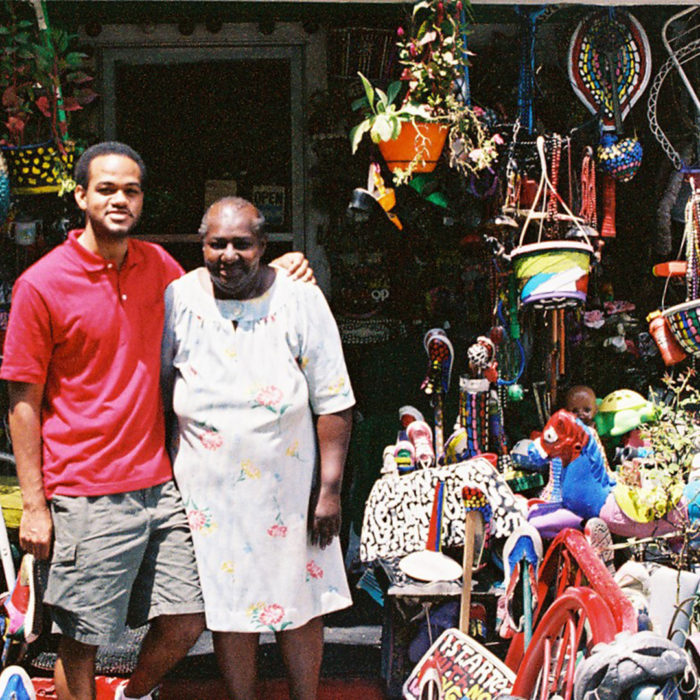
In a picturesque scene, Yaphet Smith, an accomplished filmmaker, and the talented artist L.V. Hul are strolling together on the pathway leading to Hull’s magnificent abode and art studio. ©Milton Burt
8) Henry Ossawa Tanner House, Philadelphia, Pennsylvania
Dating back to 1871, the North Philadelphia rowhouse of Henry Ossawa Tanner, a renowned African American artist, served as the residence of numerous accomplished members of the Tanner family. Unfortunately, the ongoing upscaling of the area poses a threat to the rich cultural heritage of the Black community and historical milestones such as the Tanner House, which is already in a state of severe disrepair. In light of this, the Friends of the Tanner House and their collaborators are working to develop a sustainable plan to revitalize and preserve the property for the upcoming years.
9) Philadelphia Chinatown, Philadelphia, Pennsylvania
Philadelphia Chinatown has been a bustling community since 1871 and is one of the most aging active Chinatowns in the US. However, there are concerns that the proposed arena by the 76ers basketball team could harm the district by disconnecting it further, discouraging visitors, impacting the local thrift, displacing inhabitants and businesses, and erasing its cultural legacy. Therefore, citizens and administrators of Chinatown are urging arena supporters to consider rescuing the community as they make their decisions.
10) Charleston’s Historic Neighborhoods, Charleston, South Carolina
Union Pier is a splendid 65-acre waterfront expanse that has been pivotal in maritime shipping, industrial production, and port operations since the early 1700s. Situated along the serene Cooper River in downtown Charleston, the South Carolina Ports Authority has owned this former marshland, which now seeks to sell it to a private contractor for a mixed-use community.
However, this move could jeopardize the area’s historical charm, scenic vistas, and tenacity in the face of climate change. To preserve the essence of this beloved site, concerned advocates and locals request the city government to prioritize a community-led vision for Union Pier before embarking on any specific expansion plan.
11) Seattle Chinatown-International District, Seattle, Washington
For over a century, the Seattle Chinatown-International District (CID) has been a crucial hub of Asian American life on the West Coast. It is one of the oldest communities of its kind in the region. Unfortunately, the proposed development plans by Seattle’s Sound Transit could pose a significant threat to the CID’s conveyance accessibility and cultural legacy.
Transit Equity for All, the Washington Trust for Historic Preservation, and the Wing Luke Museum have joined forces to form an alliance that champions a refined, unbiased approach that embodies thoughtful decision-making, prioritizes the votes of the CID, ensures access to transit, and safeguards the neighborhood’s rich cultural heritage and vibrancy future generations.
Minidoka National Historic Site, Jerome, Idaho. ©National Park Service
The Deborah Chapel, Hartford, Connecticut. ©Carey Shea
Chicano/a/x Community Murals of Colorado. ©History Colorado
©Mapio.net
©NALCAB
©Hamilton Hood Foundation
©Vashon Jordan Jr. / WBEZ
©Brian M. Davis/Louisiana Trust for Historic Preservation
©Sophia Germer
©Yaphet Smith
©Bruce West
©Milton Burt
©Peter Woodall
©G. Widman
©Charleston Carriage Works
©Visit Seattle


